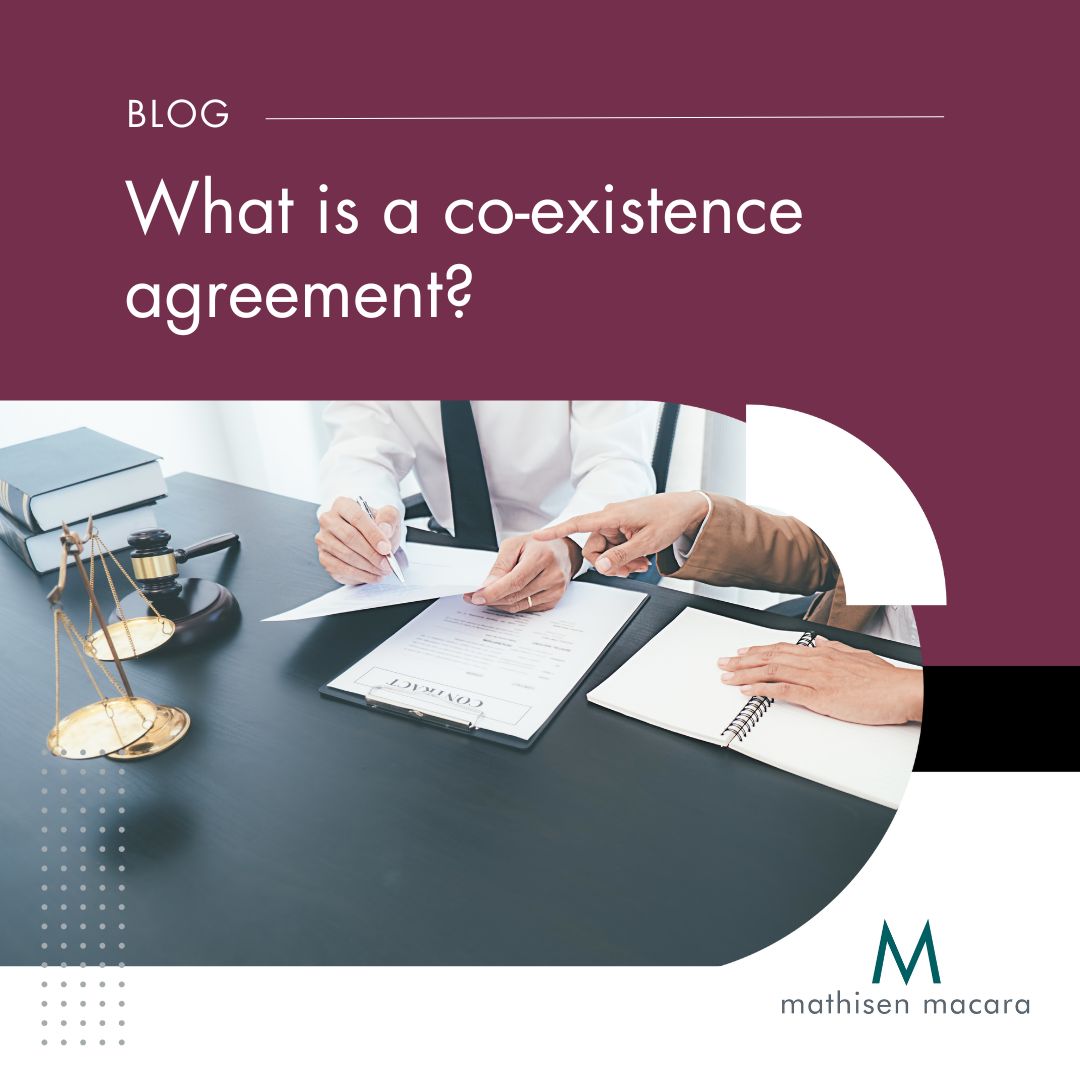What is a co-existence agreement?
It is common for trademark holders to assume that registered trademarks rights give them the right to stop anyone else using the same mark anywhere in the world for any purpose. However, not only are trademarks rights territorial, the scope of protection afforded to them, by registration and use, is generally limited by the goods or services for which the mark is registered or used.
This can lead to a situation where two companies operating in different countries can use the same mark without any conflict in the marketplace. Furthermore, it is possible that two different companies can use the same mark in the same country, for completely different goods or services, without any conflict in the marketplace.
If there’s no conflict commercially, does this matter? Often, no. However, sometimes, one party may want to register or use their mark in a jurisdiction where the other has a prior registration and this may highlight an area of potential conflict.
For example, while some jurisdictions, like the UK and Europe, cannot refuse a trademark application on the basis of prior registered rights without an opposition being filed by the prior right holder, Examiners in other jurisdictions have to refuse an application if a prior registration exists which may give rise to conflict. In some jurisdictions, such objections can be overcome if the prior right holder files a letter consenting registration of the later application. In this case, the prior right holder often requires a co-existence agreement to limit the use that the later applicant can make of the mark.
Otherwise, a company may become aware of a third party using the same mark and be concerned that the third party may expend their use of the mark to overlap with their prior areas of use.
Often the parties only want reassurance that the other party will not change their use of the mark by (i) extending into a new jurisdiction and/or (ii) using the mark for new goods or services which could cause confusion in the marketplace. In this case, a co-existence agreement can be a useful tool for clearly defining the manner of use by each party to ensure there remains no conflict.
The precise terms of each co-existence agreement will vary depending on the particular circumstances of use by the parties involved, but commonly a coexistence agreement will define:
- Who the parties are – do you need to cover subsidiary companies in a larger group of companies, for instance?
- The mark and any variants
- For what goods or services each party may use the mark
- Where each party may use the mark
- For what goods or services each party may apply to register the mark
- Where each party may register the mark
- What happens if a business is sold or transferred?
- Provision of letters of consent, if required
- Termination of the agreement
- A mechanism for review
A coexistence may also consider how the mark may be used in company names as well as domain names.
Whilst there are clear benefits to a co-existence agreement in terms of providing peace of mind, and perhaps forestalling the need for multiple oppositions and the like, each party should understand that a co-existence agreement also imparts obligations on the parties which need to be understood.
For instance, when negotiating a co-existence agreement, the parties should consider not only how they currently use a mark, but how they may wish to use it in the future, to ensure the obligations are not unduly limiting on their activities.
Also, the parties need to remember that they have a co-existence agreement and should review the obligations are the company operations change with time to ensure they remain compliant or to prompt renegotiation, if required.
At Mathisen & Macara our trademark attorneys are experienced in negotiating co-existence agreements and will be happy to assist you if you and answer any queries you may have.
